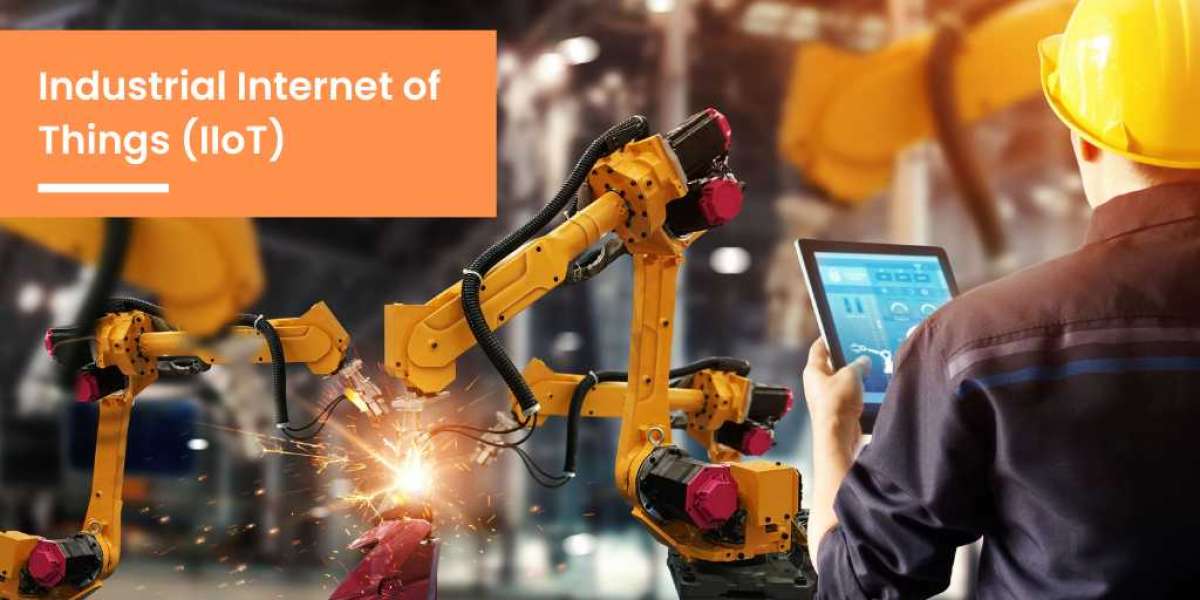In 2023, a total of 41.76 billion IoT or Internet of Things-connected devices are anticipated to be deployed, per ReportLinker. As per Guidehouse Insights’ estimations, The global market for IoT in manufacturing is set to grow to $23.1 billion by 2031, growing at a compound annual growth rate (CAGR) of 15.0%. Industry 4.0 is here, set to boost competitiveness across companies.
A McKinsey research reveals IoT is poised to deliver $1.3 trillion in economic value to the manufacturing sector. Among these also is standardized production settings, but requiring scale for ensuring thorough capture.
McKinsey research also states IoT’s potential global economic value to unlock by 2030 could be $5.5 trillion to $12.6 trillion. But barriers exist, in the form of machinery upgrade costs, investment optimality, and cybersecurity risks.
The ultimate Industrial Internet of Things or IIoT applicability lies in the manufacturing sector. Production lines and industrial machines’ productivity could massively boost with internet connectivity and sensors, monitoring production. These could include monitoring temperature, humidity, noise, or vibrations.
Let’s examine the various IIoT trends in manufacturing:
Transforming IoT Business Model
Industrial IoT Solutions are appealing as they enhance factory performance via augmented output, whilst also bettering key business metrics. IoT is an automation catalyst, allowing manufacturers to transform business models with innovation. The approaches on which IoT works include the product, the supply chain, and the manufacturing. Championing these three aspects would enable charting a crystal-clear smart IoT adoption strategy.
Predictive Maintenance Performance Tracking
Big enterprises have heavily invested in their IoT and IIoT infrastructures in 2022. In 2023, much attention would be directed toward predictive maintenance and performance tracking in products and plants.
In today’s advanced industrial environment, factories are even looking forward to lights-out manufacturing (total automation). IIoT solutions and deep analytics software today can enable end-to-end production processes’ performance tracking by manufacturers. Novel machine learning (ML) technologies have facilitated predictive performance tracking capabilities via sensor-collected big data analyses.
ML can also facilitate performance tracking to get better with time, enabling industries to operate for sustained periods without human oversight.
Equipment downtimes in production environments result in out-of-the-blue delays and subsequent losses. So, smart operational schedules are a must for efficient execution and asset availability. That’s when predictive maintenance can considerably decrease machine failures and power outages, boosting overall asset life.
Use predictive maintenance to enhance asset life-cycle, reduce maintenance costs and time, and decrease machine breakdown to enhance equipment monetization It also allows a reduction in accidental malfunction to strengthen workers’ physical safety.
Augmented Reality (AR) and Virtual Reality (VR)
AR (Augmented Reality) and VR (Virtual Reality) can be accessed to experience immersive training, remote assistance, and collaboration. Instruction manuals’ digitization via AR and VR is the next frontier in redefining industrial technologies.
Capitalizing on the prospects presented by data exploration, Virtual and Augmented Reality can minimize waste in industrial processes. VR and AR can be easily integrated with IoT. Together these technologies can reap tremendous benefits. Such breakthroughs can come in the form of higher profits, exploring fresh growth avenues via new products or services, decreased costs, etc.
AR acts as an enhancement of the user’s surroundings via the addition of digital components in a live environment. VR replaces real-life environments with simulated ones as the user is completely immersed in a digital environment. In the manufacturing sector, VR and AR can be leveraged to make available designs, organize manufacturing lines, sharpen ideas, and remote machinery interaction. If in the building process either of the steps is omitted, its identification is possible via AR and VR.
AR and VR can be integrated in these ways with IoT:
Asset Management: Equipment know-how, performance, and health data are collected via IoT sensors to transform these into their virtual form. By doing so, real-time visualization of breakdowns and crashes is possible.
Space Management: The AR technology optimizes inventories in factories or warehouses, developing optimal routes for workers to navigate across facilities.
Employee Training: AR allows manufacturers to develop virtual prototypes of products for integration with IoT data. By doing so, it can develop a simulation wherein your employees can learn machines’ optimal usage.
AR and VR can guide technical work by offering real-time instructions. These technologies can also facilitate technical support on a remote basis, making training experiences real. AR can analyze machine environments’ problems. Computer vision in AR can give a map of machines, allowing highly-skilled laborers to witness real-time manufacturing processes’ stats.
Big Data Insights to Boost Optimization
IoT technology essentially collects data. Industrial Big Data, for that matter, is a central aspect of Industry 4.0. A smart factory operates at its optimal level owing to an accurate collection and the finest analyses of data. There are also several challenges presented by Big data, such as the efficient collection of the required data (via IoT analytics) and attributing to it enough value (via integrating artificial intelligence). The availability of Big Data can make available deeper insights. Unlike traditional technologies, a multitude of production or supply chain aspects can be tracked via IoT devices. So, IoT is crucial from the Big Data and manufacturing perspective.
Edge Computing
The edge computing trend is eagerly looked forward to by the manufacturing industry as an enabler of automation implementation in factories and supply chain processes. Edge computing can enhance manufacturing processes via advanced robotics and machine-to-machine communication. Edge computing essentially involves various networks and devices surrounding the user to process data as near to its area of generation as possible at high speeds and volumes. The outcome of this is a result-oriented action plan in real-time. In manufacturing, via edge computing, several local edge network factory devices can enable processing with no need to send data (to a local server first). Edge computing is speedy, highly efficient, and indeed secure.
There is no need in edge computing for the sensitive manufacturing data to leave (for distant server processing) the factory premises. So, there is a reduced risk of hiccups or third-party intrusion. Enterprises of today can boost their business prospects via the integration of edge computing and AI, to develop Edge AI.
This way, edge computing facilitates undertaking AI computation close to the user at the onset of the IoT network, instead of on a cloud. So, enterprises can attain real-time intelligence in industrial operations, strengthen privacy and cybersecurity, contain costs, and better manufacturing processes.
Conclusion
Manufacturing industry solutions based on IIoT are poised for stupendous growth with efficient asset management and monitoring, predictive maintenance for reduced machine breakdown (via performance tracking), and boosted workplace safety. Entrepreneurs can look forward to profitable business with IIoT transforming business models.
Industrial IoT offers an avenue to manufacturers for leveraging emerging technologies for a smarter and speedier production environment. Manufacturers, today, are integrating solutions that facilitate the automation of business operations by leveraging advanced technologies to enable innovation.







